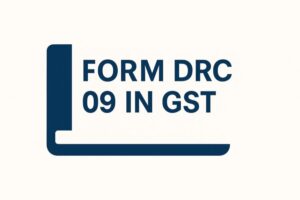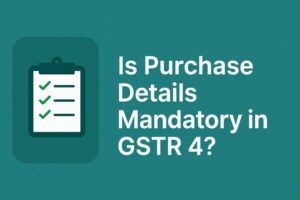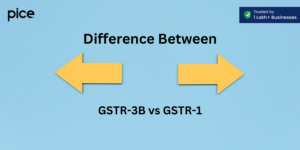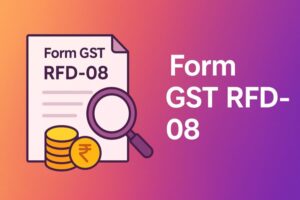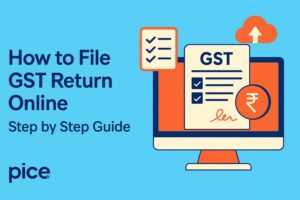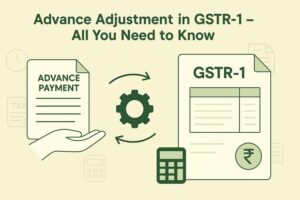Tax Invoice Format under GST
- 2 Dec 24
- 9 mins
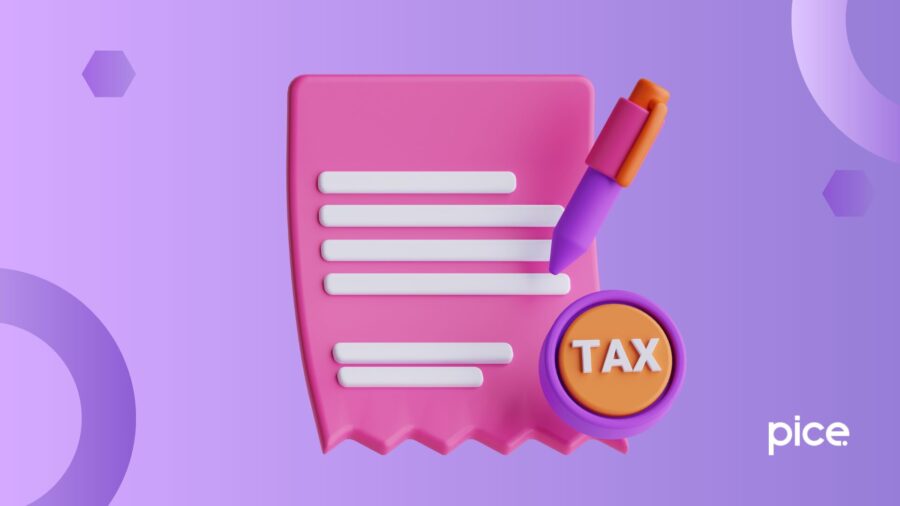
Tax Invoice Format under GST
- What is a GST invoice?
- Who Should Issue a GST Invoice?
- What are the Mandatory Fields a GST invoice Should Have?
- When Should You Issue Invoices?
- What Are the Different Types of Invoices?
- Can You Revise Invoices Issued Before GST?
- GST Invoicing Under Special Cases
- How to Personalise GST Invoices?
- How Many Copies of Invoices Should Be Issued?
- Conclusion
Key Takeaways
- GST Invoice Essentials: Include all mandatory fields like invoice number, date, customer details, HSN/SAC codes, and GST rates.
- Invoice Types: Use the correct invoice type—Bill of Supply, Debit Note, or Aggregate Invoice—based on the transaction.
- Timely Compliance: Issue GST invoices within prescribed time limits for goods and services to avoid non-compliance.
- Special Cases: Use specific formats for exports, reverse charge, and other special transactions.
- E-invoicing Advantage: Adopt e-invoicing for accuracy, reduced errors, and better GST compliance.
The government allows a specific tax invoice format under GST for registered businesses. If you are a registered supplier under GST, ensure you follow the format while creating your invoices for recipients. This can help you comply with GST rules and issue invoices within the right time.
Learn about the inclusions of a GST tax invoice elaborately here to comply with GST laws. In addition, enhance your knowledge about the due date of issuing invoices for the supply of services and goods.
What is a GST invoice?
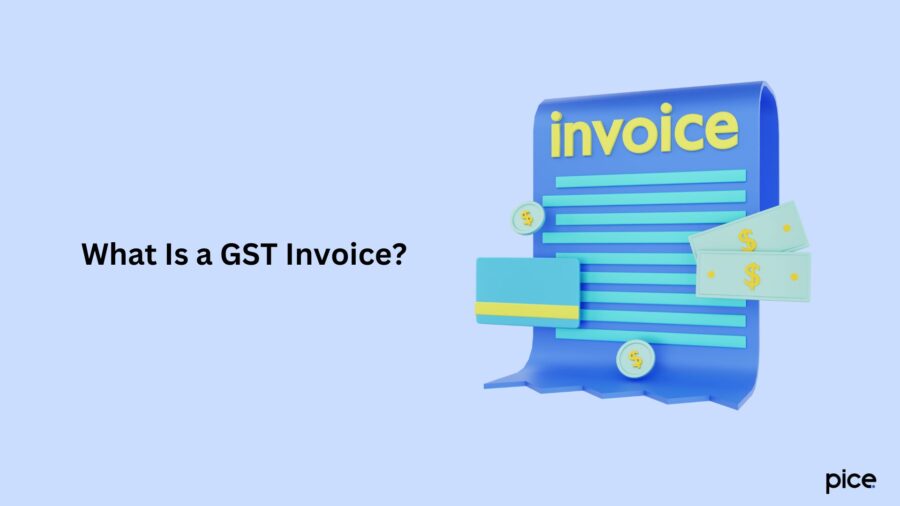
A GST invoice or GST bill is a list of goods and services containing the amount due for payment. In other words, it is a receipt under the Indian GST system that a seller issues to the buyer including transaction details and the applicable tax.
A GST invoice format presents the breakdown of taxes, ensuring compliance and record-keeping. It maintains transparency while also ensuring proper tax collection and credit claiming in domestic transactions. However, you must note that you need to use separate export invoices for international clients.
Who Should Issue a GST Invoice?
A GST-registered business needs to issue GST-compliant invoices for the sale of goods and services. In addition, if you are such a business, ensure you receive such an invoice from your vendor to claim Input Tax Credit (ITC). However, if you receive advance payments as a supplier, make sure to issue a receipt voucher to your customer.
What are the Mandatory Fields a GST invoice Should Have?
Here are the GST invoice requirements that you need to include in invoice templates:
- Invoice number
- Date of invoice
- Customer details like the name and contact details
- Shipping and billing address of recipient
- Customer GSTIN and taxpayer’s GTIN as company details
- Place of supply and time of supply
- HSN code/SAC code
- Item details like description, quantity, unit and unit prices
- Total value
- Taxable value and discounts
- GST rate and amount of GST such as CGST/SGST/IGST
- GST payable on a reverse charge basis
- Supplier’s signature or digital signature
In case the recipient is unregistered and the value exceeds ₹50,000, you should include the following in the invoice:
- Recipient’s name and address
- Address of delivery
- State name and state code
When Should You Issue Invoices?
Here are the due dates and time limits for issuing invoices under the GST Act:
| Cases | Due Dates |
| Goods (normal case) | On or before the date of removal or delivery |
| Goods (continuous supply) | On or before the date of issue of account statement or payment |
| Service (general case) | Within 30 days of service supply |
| Services by a Bank or Non-banking Financial Institution (NBFC) | Within 45 days of the supply of services |
What Are the Different Types of Invoices?
GST invoices can be of the following types:
Bill of Supply
A seller issues a bill of supply to buyers when the seller cannot charge GST from the buyer. As a result, it does not contain any tax amount or rate of tax even though it is similar to an invoice. It can be issued in the following cases:
- A registered person is selling exempted goods and services.
- The registered person opted for the composition scheme.
Invoice-cum-bill of Supply
If a registered person supplies taxable and exempted goods and services to an unregistered person then he/she can issue a single invoice-cum-bill of supply for these transactions. However, if an unregistered supplier provides goods or services, he/she does not have to issue this type of invoice.
Aggregate Invoice
When the value of multiple invoices is less than ₹200 considering that the buyer is unregistered, the seller can issue an aggregate or bulk invoice (consolidated tax invoice) for multiple invoices on a day-to-day basis.
For instance, if a supplier or business owner issues 3 invoices in a day of amounts ₹70, ₹50 and ₹150, he/she can issue a single invoice mentioning all the transactions amounting to ₹270. The single invoice is referred to as an aggregate invoice.
Reverse Charge Invoice
A taxpayer under the Reverse Charge Mechanism (RCM) needs to issue an invoice for goods and services that he/she receives. This issue of invoice or supplementary invoice needs to mention that tax is paid under RCM. Further, the receiver needs to issue a payment voucher to the supplier mentioning the payment terms, payment modes and whether any advance payment is paid along with the tax rate.
Debit Note
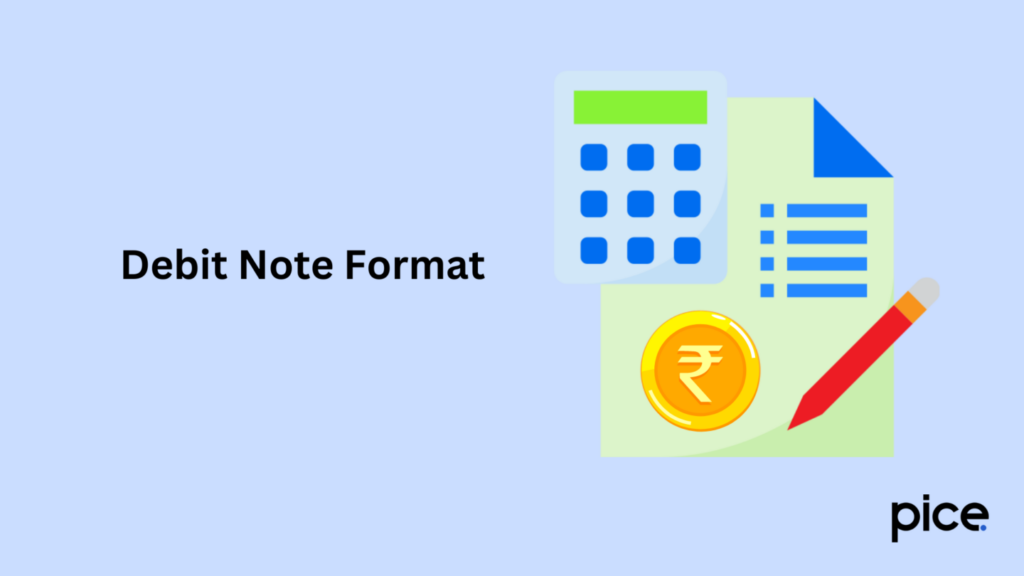
A seller issues a debit note to a buyer when the amount payable by the buyer to the seller increases as follows:
- The value in the tax invoice is lower than the actual chargeable amount
- A tax invoice has a lower tax value than the actual chargeable amount.
Credit Note
A seller issues a credit note when the invoice value decreases as follows:
- The tax invoice has a higher taxable value than the chargeable amount.
- The buyer returns the goods to the supplier.
- The services are inadequate.
Can You Revise Invoices Issued Before GST?
You can revise invoices issued prior to GST implementation. However, under the GST regime, suppliers need to apply for provisional registration before they get a permanent registration certificate.
If an invoice is issued between the GST implementation date and the date of issuance of the registration certificate, you can issue a revised invoice within 1 month from the date of registration.
GST Invoicing Under Special Cases
The government allows relaxations on the invoice format that a supplier issues in certain cases. For instance, banking, passenger transport, and other cases have relaxations from the government in terms of invoicing format.
You can use specific templates for standard GST bill formats. Using a specific E-Way bill format is essential even if there is a relaxation from the government on terms of GST invoice format.
How to Personalise GST Invoices?
You can personalise GST invoices in the following ways under GST rules:
- Adding the logo of the company
- Incorporating an authorised signatory field
- Adding the name and address of the company in the letterhead
How Many Copies of Invoices Should Be Issued?
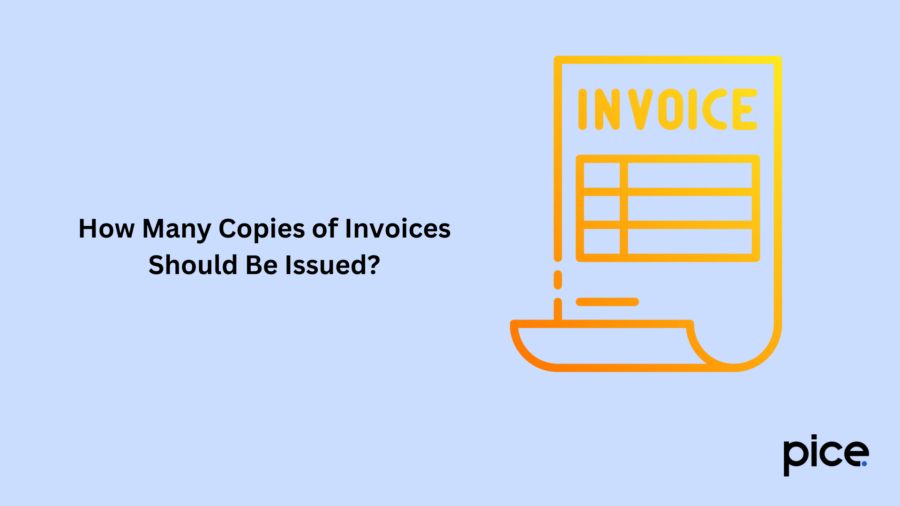
The number of invoice copies that you can issue varies based on the supply of service or goods as follows:
- If you supply goods, you can issue triplicate copies of the invoice. The first or original invoice is for the recipient, the duplicate copy is for the transporter, and the second duplicate copy is for the supplier's records.
- In case you supply services, you need to issue duplicate copies of invoices. The original copy should be provided to the recipient of services, while the duplicate should be kept for the supplier’s records.
Conclusion
The tax invoice format under GST differs for registered and unregistered recipients. While a registered recipient needs a detailed format, an unregistered recipient can be provided with an invoice containing the recipient details like the name, address of the recipient, state name, state code, and delivery address.
As a supplier, ensure you adhere to the invoice formats while issuing them to registered and unregistered recipients for GST compliance.
Keep in mind that generation of invoices has a unique invoice number that does not exceed 16 characters. It should follow an invoice serial number for seamless tracking and reference. You can consider generating electronic invoices instead of manual invoices to reduce errors and improve accuracy.
💡If you want to streamline your payment and make GST payments, consider using the PICE App. Explore the PICE App today and take your business to new heights
 By
By 






